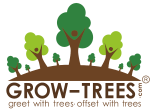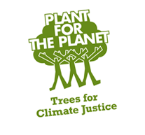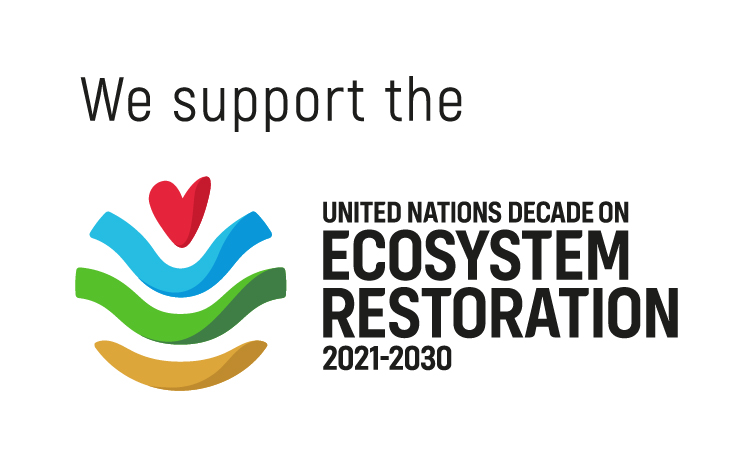Trees for Villagers™
Jhansi, Uttar Pradesh, India
Project Purpose
Trees for Rural Communities™Location

Plantation of local trees in the villages of Bangra Block, namely Sakarar, Santpura, Budhwali, and Magarwara of Jhansi District in Uttar Pradesh, India.
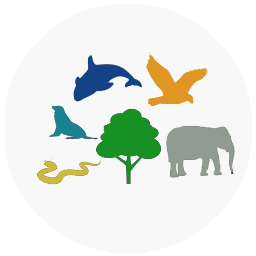
Enhancement of
Biodiversity
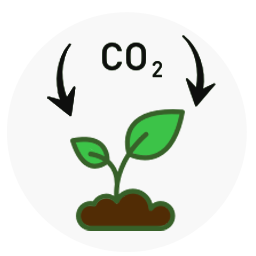
Carbon Sequestration

Generation of
Rural Employment

Control Soil Erosion

Conservation of
Water Table
Why Trees?
The Uttar Pradesh Government provides a list of various tribal communities in the state. It mentions the various requirements and methods for sustainable livelihood development for the tribal community of the region, empowering the community as a whole, especially the women. This will lead to better utilization of the resources like soil and water and provide jobs to the community. The Food and Agricultural Organization (FAO) further mentions the importance of the development of forestry as sources of forest products providing the local community with varied livelihood opportunities and fulfills their basic needs. Food and Agricultural Organization (FAO) further mentions the requirement of trees and shields for the community against impending disasters as biological barriers. Agricultural output benefits from the plantation as the trees protect the soil from erosion and adds nourishment. They contribute to the atmospheric moisture and holds the soil moisture contributing to sustainable agriculture and generation of ‘Green jobs’.
Tree Species
Chironji (Buchanania lanzan), Amla (Phyllanthus emblica), Neem (Azadirachta indica), Guava (Psidium guajava), Mango (Mangifera indica), Drumstick (Moringa oleifera), Bamboo (Bambusa vulgaris), Karonda (Carissa carandas), Lemon (Citrus limon), Ber (Ziziphus mauritiana), Kino (Pterocarpus marsupium), Palash (Butea monosperma), and Peepal (Ficus religiosa).
Social Impact
Sustainable resource management with finite resources is a major global challenge today, thus, ever-increasing energy demand with a growing population, the relevance of land use planning is apparent. The land has limited carrying capacity beyond which there will be degradation and loss of productivity due to excessive use. Emphasis is to be given to the problem of rural communities, especially those below the poverty line in whose hands this resource has to be efficiently utilized and whose minimum needs the efficient use of such resources is meant to serve. Thus, the plantation of the right local tree species in association with our local planting partner, Haritika, can be an effective way to address this socio-environmental challenge by reclaiming wasteland and degraded lands into forests. Locals' dependency on the forest resources can be checked with improved forest produces and fruit and fodder species for livestock. Enhanced forests area will help to rehabilitate key wildlife habitat, thus, opening prospects for Eco and Wildlife tourism. Improved wildlife habitat with fruit and fodder species will have significance in addressing Human-wildlife conflict mostly in terms of livestock depredation, contributing to safeguarding the sensitive rural economy. Above all, the plantation of 25,000 local trees will help in improving the water table, check top-soil erosion, increase carbon sequestration potential, generate local employment with household-level participation in implementing and monitoring of the project and in improving the ecosystem services.
Adoption Summary:
| Name of the Company | Number of Trees Adopted | Fiscal Year |
|---|---|---|
| DCB Bank | 25,000 | 2018-19 |



